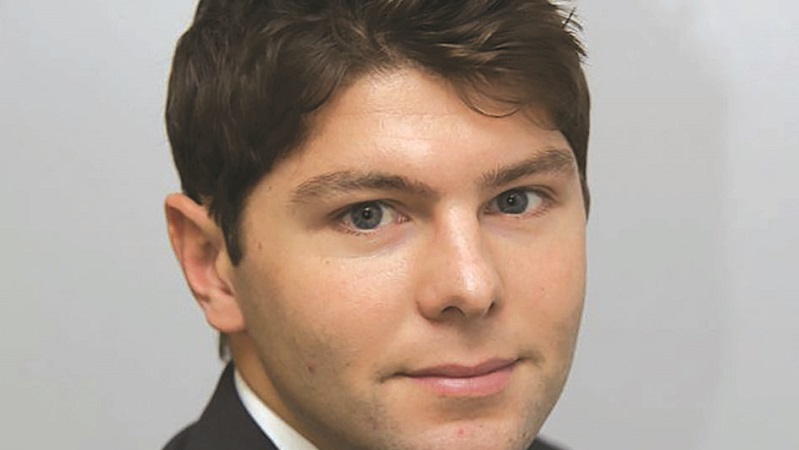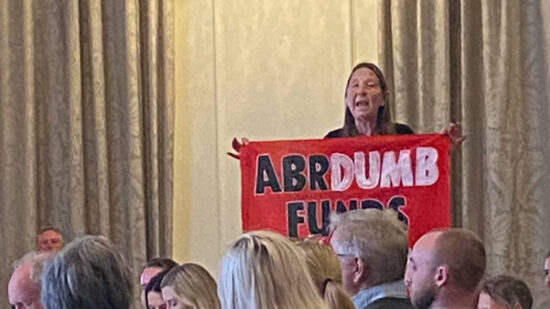Absolute return funds apply strategies that seek to deliver positive returns regardless of market conditions, but a number of these funds have disappointed investors in the past and last year more than £50bn flowed out of the strategies.
Laura Suter, personal finance analyst at investment platform AJ Bell, told Portfolio Adviser sister publication Expert Investor that while it was the best-selling asset class in 2015 and 2016 “investors have been ditching absolute return funds in their droves over the past year, with the past 11 months seeing consistent outflows”.
Last Word Research has found that a “sea change” took place in 2018, with €61bn (£52.7bn) net of outflows between October 2018 and July 2019.

Absolute return managers seek to reduce the volatility of a portfolio by targeting absolute returns and applying non-traditional strategies sensitive to market movements, for example by adjusting equities, interest rates (duration) or credit spreads. This contrasts to long-only managers who can only control the sensitivity to the benchmark.
Charles Younes (pictured), research manager at FE Investments, speaks in favour of absolute return funds because of “their capacity to control risk and add diversification”.
But absolute return strategies do not automatically mean they target the highest return possible, even if hedge funds are included.
While there is a large variety of absolute return strategies in the market, Suter explains, “traditional absolute return funds aim to deliver positive returns even when markets are falling, but will not usually deliver the highest returns when markets are rising”.
Funds succeeded in controlling volatility
Speaking to EI, Matias Möttölä, associate director of multi-asset and alternatives at Morningstar, says that these funds have succeeded in controlling volatility, which is easier than creating returns at the same time: “It’s quite rare to see these kind of funds suddenly have a spike in their volatility that they didn’t anticipate or wished to have.”
As much as absolute return fund strategies differ, the returns also vary widely over the short and long term (see table below).
The Merian Global Equity Absolute Return fund, over the past year, has handed investors an 8% loss, but over the longer-term (five years) delivered 10.5% total return, ahead of inflation and the sector average, according to Suter.
The Church House Tenax Absolute Return, however, delivered investors a return of 1.96% in the past year and 17.88% in the past five years while achieving its performance target.

While the overall sector has returned a mediocre 0.79% over the past three years — compared to double-digit returns of most long-only strategies — 35.6% have generated a positive Sharpe ratio in the same period, Younes says.
Möttölä believes that absolute return funds have suffered from the negative news and macro environment the US-China trade war created.
“There were just very few that produced positive returns. Very low interest rates put these funds already at the outset in a fairly difficult position because they have typically fixed fees,” Möttölä explains.
Split views on fixed income as a hedge
Clark Fenton, partner and portfolio manager at RWC Partners, cautions against those funds that apply fixed income as a hedge in a low interest rate environment.
He told EI that while fixed income has been a good hedge over the last decade, with interest rates low, the odds are less likely for this to help diversifying over the next 10 years.
But Younes is not convinced, arguing that, “if the global economy is actually heading towards recession, duration will help investors to protect from the downside – as long as central banks maintain their credibility”.
Therefore, we believe a small allocation to absolute return funds could help to diversify their [investors’] portfolio and protect from the downside,” Younes adds.
Absolute return funds may also encounter market dynamics they find difficult to handle overall, especially within shorter time periods, such as during the sell-off at the end of 2018.
Fenton comments: “I think what was also very difficult for many absolute return funds in 2018 was the fact that virtually all asset classes declined. So, you had sort of a change in the correlation between bonds and equities for much of the year, where bonds failed to diversify against equities.”
To persevere during such periods, funds like the Church House Tenax Absolute Return fund can turn to money market instruments in downturns to lower risk.
According to Younes, absolute return strategies performed on average -2.74% in this period.
“It was a much broader downmarket than what we typically see in that situation,” Möttölä adds.
For more insight on continental European investment, please visit www.expertinvestoreurope.com







